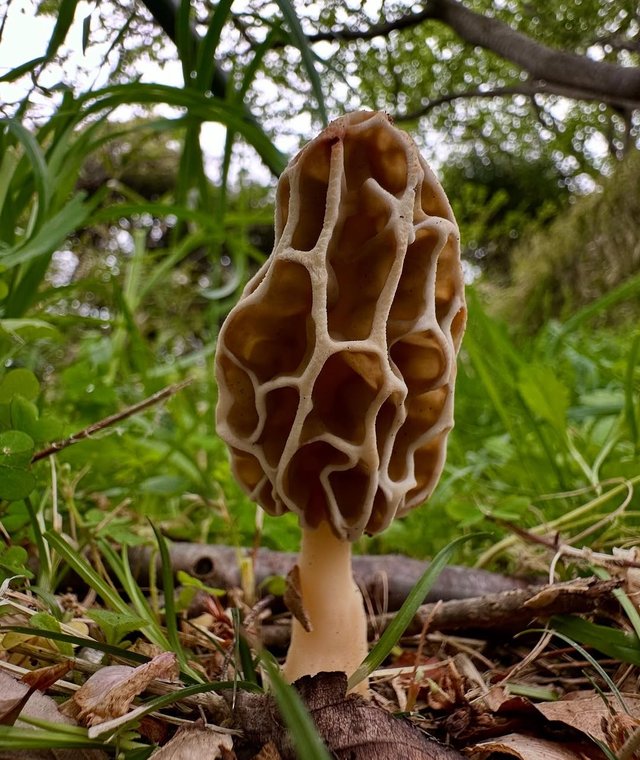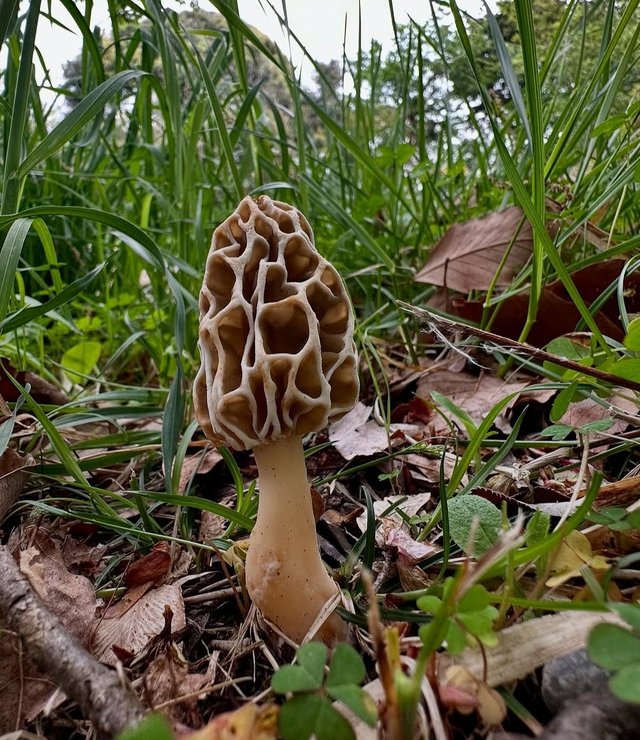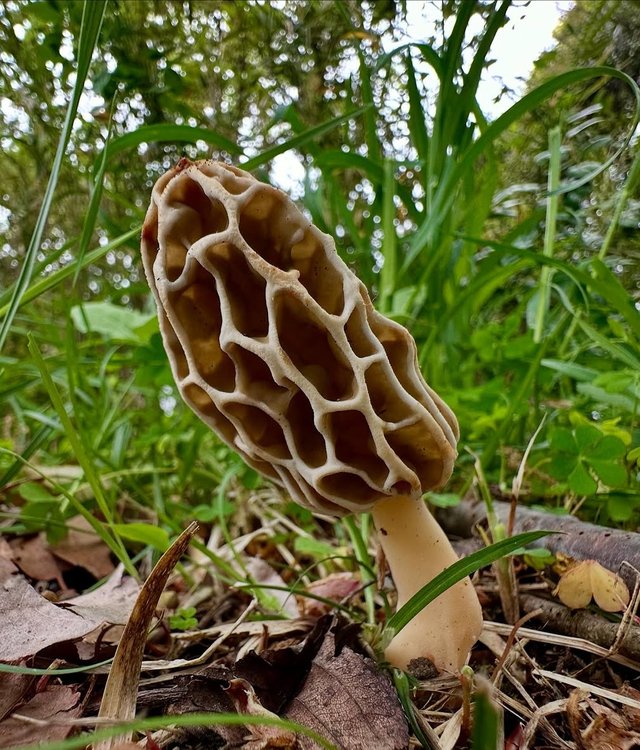Beautiful Morchella Rufobrunnea Fungi
Morchella rufobrunnea: The Curious Case of the Blushing Morel
If you’re a mushroom enthusiast, the name Morchella likely brings to mind visions of highly-prized, sponge-like fungi that grace the forest floors in spring. But among this enigmatic genus lies a particularly fascinating and lesser-known species: Morchella rufobrunnea, also known as the blushing or reddish-brown morel.
First described in scientific literature in 1998, Morchella rufobrunnea has since captured the attention of mycologists, foragers, and gourmet chefs alike—not just for its edibility, but for its unique ecological behavior, striking appearance, and role in understanding morel evolution.
Identification & Appearance
Morchella rufobrunnea is recognizable by its conical, honeycombed cap, like other morels, but with some distinguishing features. The caps are initially pale to yellowish but develop characteristic reddish, pinkish, or rusty-brown hues with age or bruising—hence the name “rufobrunnea,” which translates to “reddish-brown.” The ridges and pits of the cap darken over time, and the overall coloration can range from tan to a dusky rose.
The stem is usually white to cream-colored and may have a slightly granular surface. The inside is hollow, a signature trait of true morels. When sliced open, the cap and stem form one continuous hollow chamber—a key way to differentiate true morels from their toxic lookalikes like Gyromitra.
Habitat & Distribution
One of the most unique aspects of M. rufobrunnea is its habitat. Unlike many morels that thrive in forests, rufobrunnea is a saprotroph with a strong affinity for disturbed, human-altered environments. It is commonly found in urban and suburban areas, including gardens, landscaped beds, mulch piles, and even gravel driveways.
Originally discovered in California, it has since been reported in other parts of North America, Central America, the Mediterranean region, and parts of the Middle East. This wide range suggests that the species may be more widespread than originally thought, and possibly expanding thanks to global horticultural trade and landscaping practices.




%20(7).jpeg)